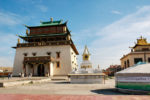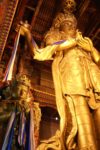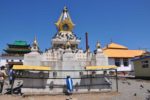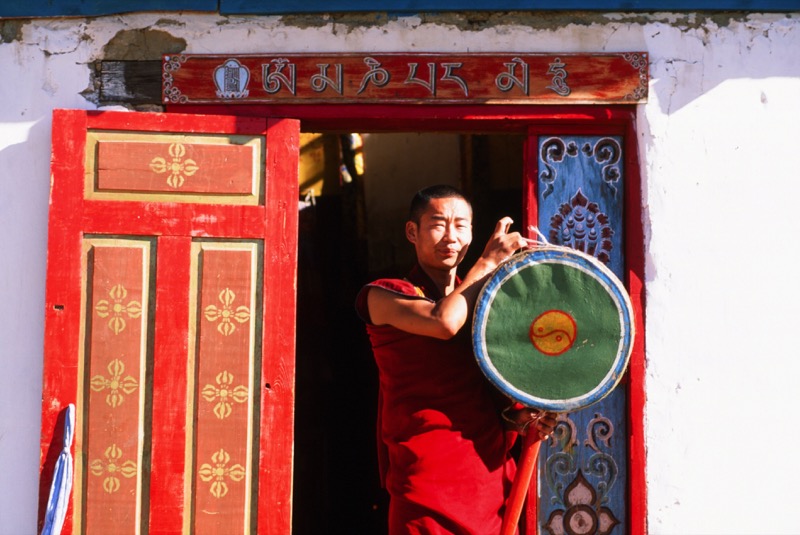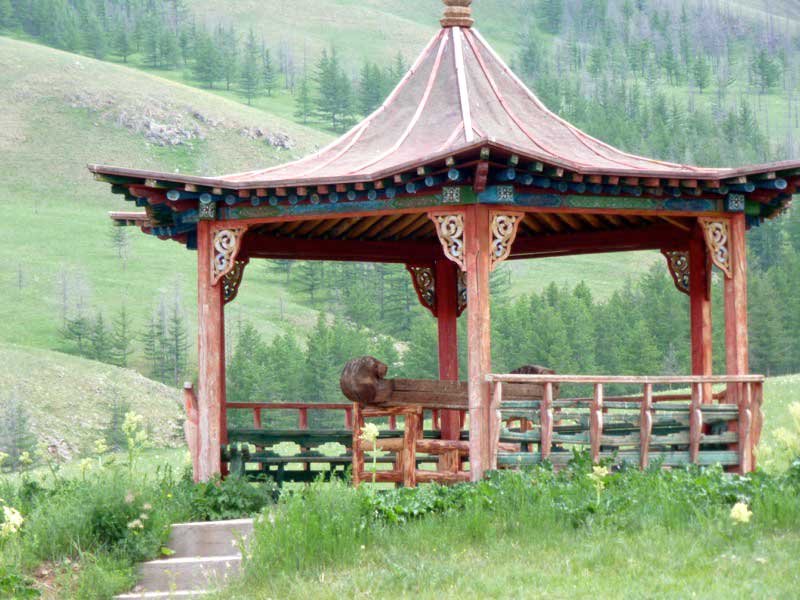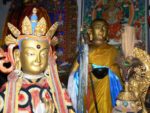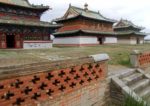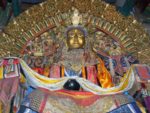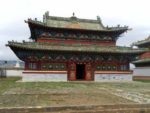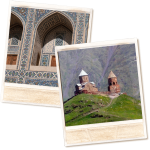Beginner’s Guide to Mongolia’s Magnificent Monasteries
Mongolia holds a special place in the hearts of adventurous travelers, who come back with tales of its vast steppe, rugged mountains, clear glacial lakes, and vivid blue skies. But beyond its natural outdoorsy appeal, it is also a land of deeply spiritual people. The country’s shamanistic traditions may be better known to the world, but Buddhism has played just as important a role in shaping Mongolian history and culture.
Mongolia, Monasteries, and Monks
In the “Land of the Nomads,” Buddhist monasteries were often the only permanent structures and one of the few cultural repositories of the arts. Borrowing traditions from their Tibetan neighbors, Mongolians soon developed their own unique practices and began incorporating them with existing shamanistic beliefs. By the end of the 19th century, more than 1,200 monasteries were spread across Mongolia, and about one third of the male population were monks.
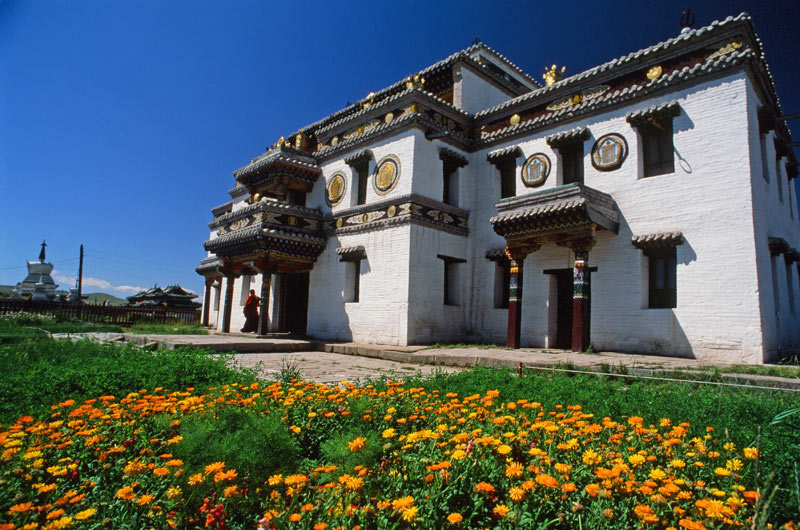
Mongolia’s Monasteries: History and Traditions
After Mongolia became a Communist state, Joseph Stalin and his Mongolian counterpart, Khorloogiin Choibalsan, demolished hundreds of Buddhist temples during the Soviet purges of 1937-1938. Only a handful of temples and relics survived, and thousands of monks were imprisoned, executed, or “reeducated” into society.
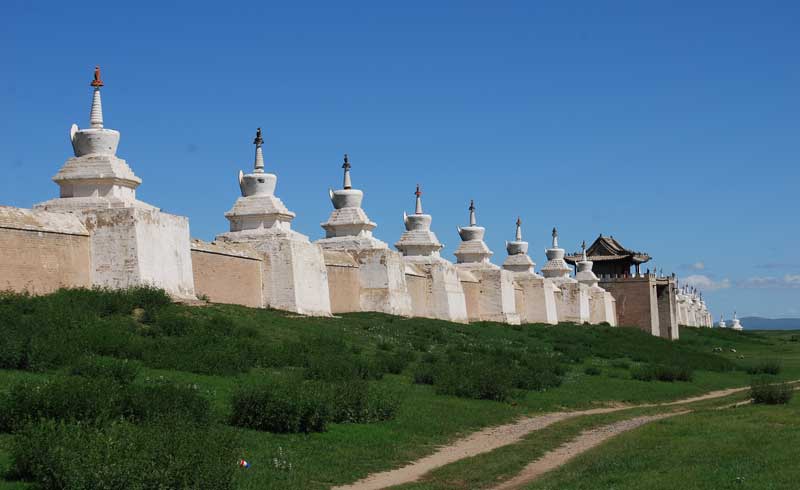
For those traveling to Mongolia, a visit to a monastery is a must.
Here are four must-see monasteries in the “Land of the Nomads”:
Travel to Mongolia with MIR
